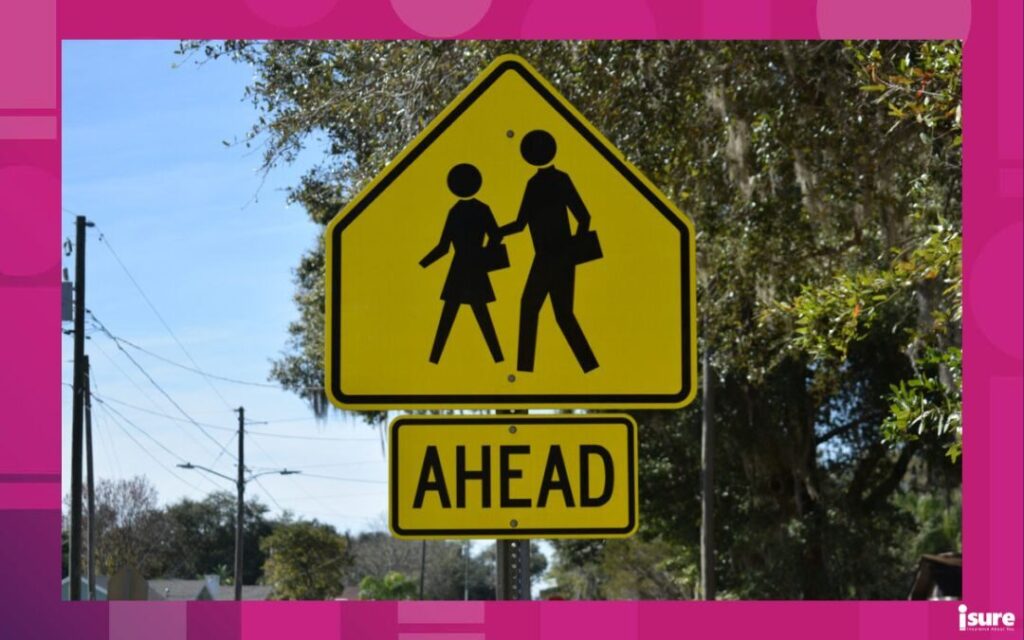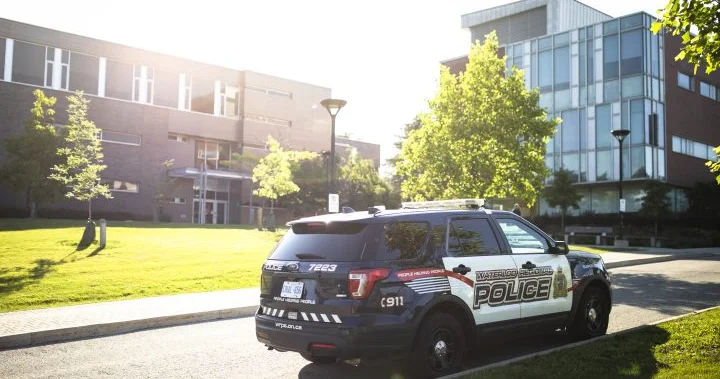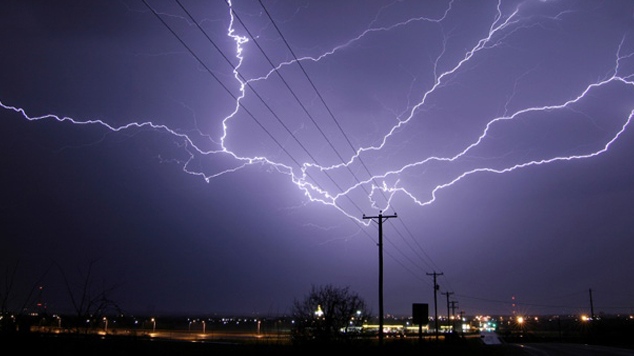“Ensuring Child Safety: Kingston, Ont. Wraps Up School Safety Zone Sign Installation”
School safety zone signs have been rolled out across the city with the final phase to be completed this fall. Community safety zone signs have been installed at all schools across Kingston with the final phase to be completed this fall — just in time for classes to resume. The signs remind motorists to be on the lookout for students and other pedestrians. They also warn of possible fines for those who don’t follow the posted speed limit. Speeding in a community safety zone will have ‘double’ the cost of a normal speeding ticket. “So, if you normally might get a $100 ticket for speeding, now you are going to get close to a $200 ticket and that’s not just for speeding. If it’s a red-light violation or a stop sign violation again penalties vastly increase, normally double,” Kingston Police Sergeant Steve Koopman told Global News. The regulatory tool was broadened in response to the tragic death of a student at Mother Teresa Catholic School, since renamed St. Teresa of Calcutta, in January of 2022. Since then, a school transportation safety review panel was formed partnering Kingston Police, the city, bus companies and local school boards. The community safety zone roll-out is just one of multiple improvements made. “I haven’t seen anybody slowing down. They are passing by as fast as they were driving before the community zone,” says Kingston resident Syed Kazmi. Kazmi sells air purifiers and fixes computers at a business on Bath Road right across from Frontenac Secondary School where recently, community safety zone signs have appeared. Kazmi says he did not realize the signs had been installed, but hopes they have the desired effect. “They should consider that to reduce their speed for sure because the kids… they really… sometimes they are chasing each other and they really run fast,” he says. Kazmi says he has seen Kingston Police monitoring drivers in the area already. According to Koopman, residents should expect that to continue at schools around the city with the rest of the signs going up at schools this summer and fall. The city is also planning to bring in mobile photo radar units by the summer of 2024 to catch every driver going even one kilometre over the posted limit and mail them their ticket. Kingston, Ontario is taking significant strides to ensure the safety of its students as it enters the final phase of school safety zone sign installation. The initiative aims to create a safer environment for children by implementing clear signage and designated zones around educational institutions. The project, which has been in progress for several months, is set to be completed in the coming weeks. The importance of school safety cannot be overstated. It is a collective responsibility to ensure that students have a safe and secure environment to learn and grow. The city of Kingston recognizes this and has taken proactive measures to enhance safety measures around schools. The installation of school safety zone signs serves multiple purposes. Firstly, it increases awareness among drivers, pedestrians, and cyclists that they are entering an area where children are likely to be present. This heightened awareness encourages individuals to exercise caution and follow traffic rules more diligently. Secondly, the installation of these signs helps in demarcating specific areas around schools where additional safety measures are in effect. This includes reduced speed limits, increased penalties for traffic violations, and stricter enforcement of traffic regulations. By clearly indicating these zones, it becomes easier for law enforcement agencies to monitor and enforce traffic rules effectively. The process of installing school safety zone signs began earlier this year with a thorough assessment of all educational institutions in Kingston. A team of experts, including traffic engineers, city officials, and school administrators, worked collaboratively to identify areas that required enhanced safety measures. The assessment took into account various factors such as traffic volume, speed limits, proximity to crosswalks, and historical accident data. This data-driven approach ensured that the installation of safety signs was targeted and focused on areas with the highest risk. Once the assessment was complete, the team devised a comprehensive plan for sign placement. The plan considered the specific requirements of each school and the surrounding neighborhood. Factors such as visibility, accessibility, and the overall traffic flow were taken into consideration to determine the optimal locations for the signs. The next step involved obtaining the necessary permits and permissions for sign installation. The city worked closely with relevant authorities to ensure a smooth and efficient process. This included coordinating with the transportation department, local law enforcement agencies, and school boards. With the permits in place, the actual installation of the signs commenced. Trained professionals equipped with specialized tools and equipment carefully placed the signs at designated locations. The team worked diligently to ensure that each sign was securely installed and clearly visible to all road users. As part of the initiative, educational campaigns were also launched to raise awareness about the importance of school safety zones. These campaigns involved distributing informational brochures, organizing community workshops, and partnering with local media outlets to spread the message to a wider audience. The response from the community has been overwhelmingly positive. Parents, teachers, and residents alike have expressed their appreciation for the city’s efforts to prioritize the safety of children. Many have lauded the comprehensive approach taken by Kingston, emphasizing the need for similar initiatives in other municipalities across the country. The implementation of school safety zones aligns with the broader vision of creating a pedestrian-friendly city. By designating specific areas as safety zones, Kingston aims to promote active transportation and encourage more students to walk or cycle to school. This not only reduces traffic congestion but also promotes healthier lifestyles among children. Additionally, the presence of school safety zones has a positive impact on the overall community. It instills a sense of collective responsibility and encourages individuals to be more mindful of their actions while driving or walking near schools. The signs act as a constant reminder
“Ensuring Child Safety: Kingston, Ont. Wraps Up School Safety Zone Sign Installation” Read More »



